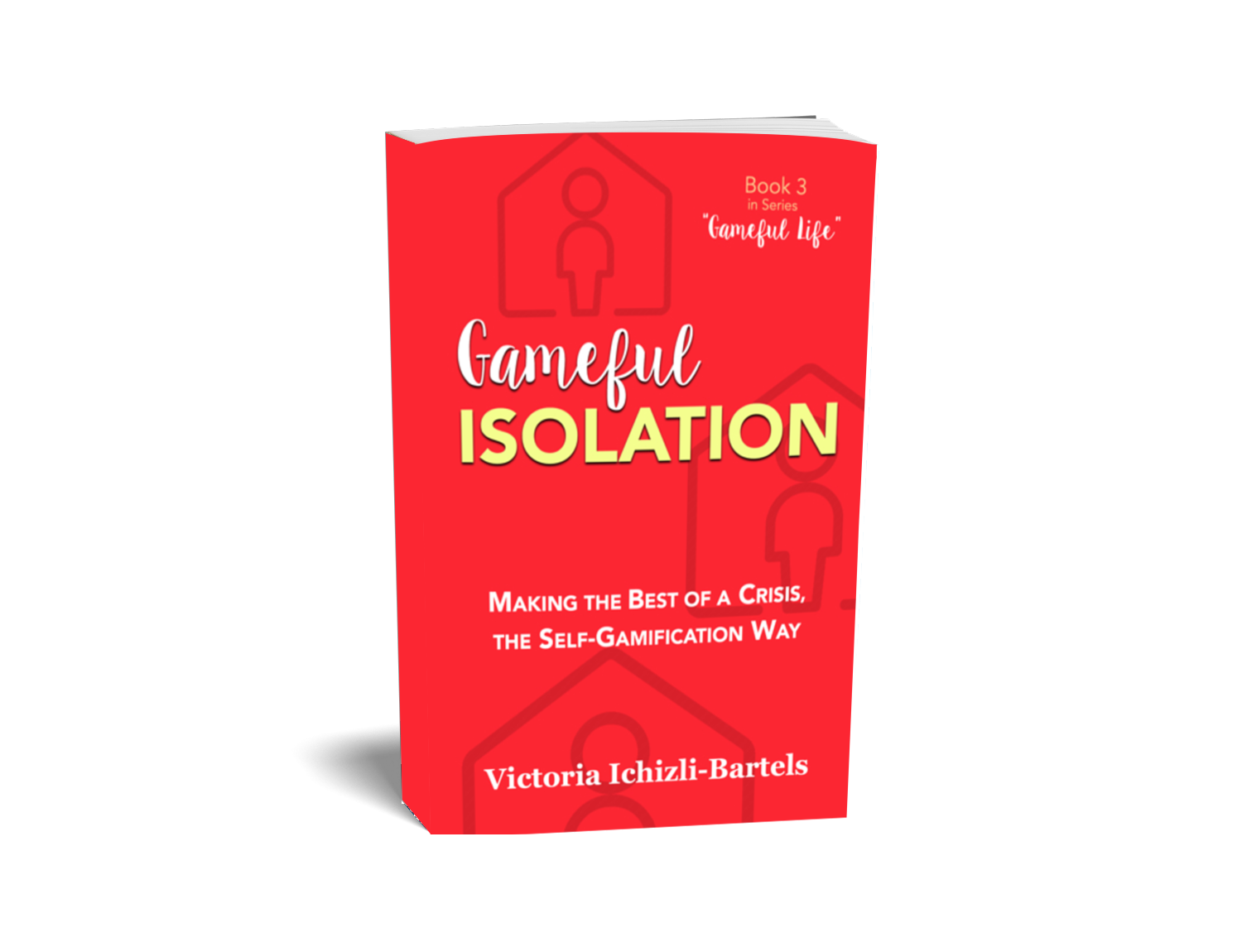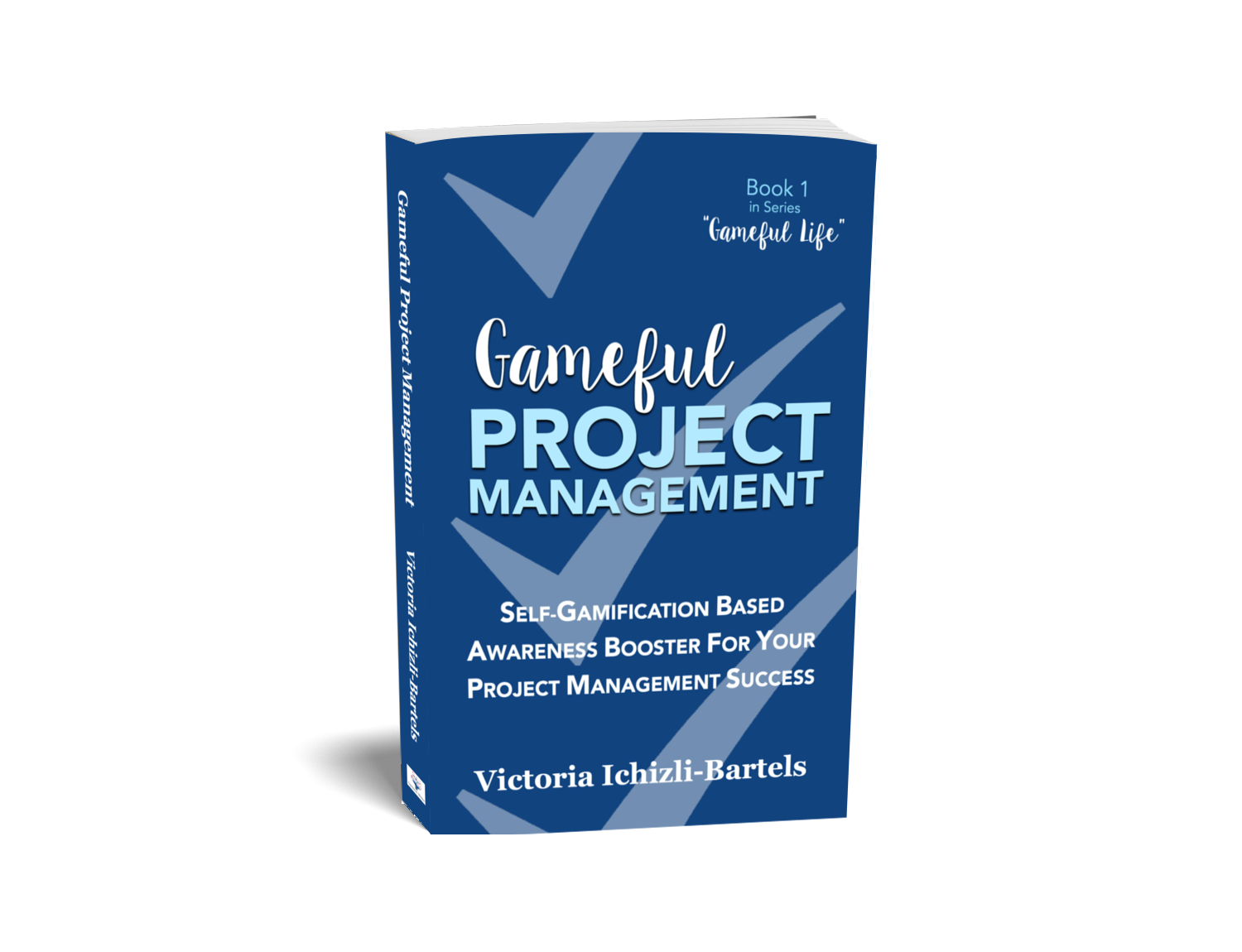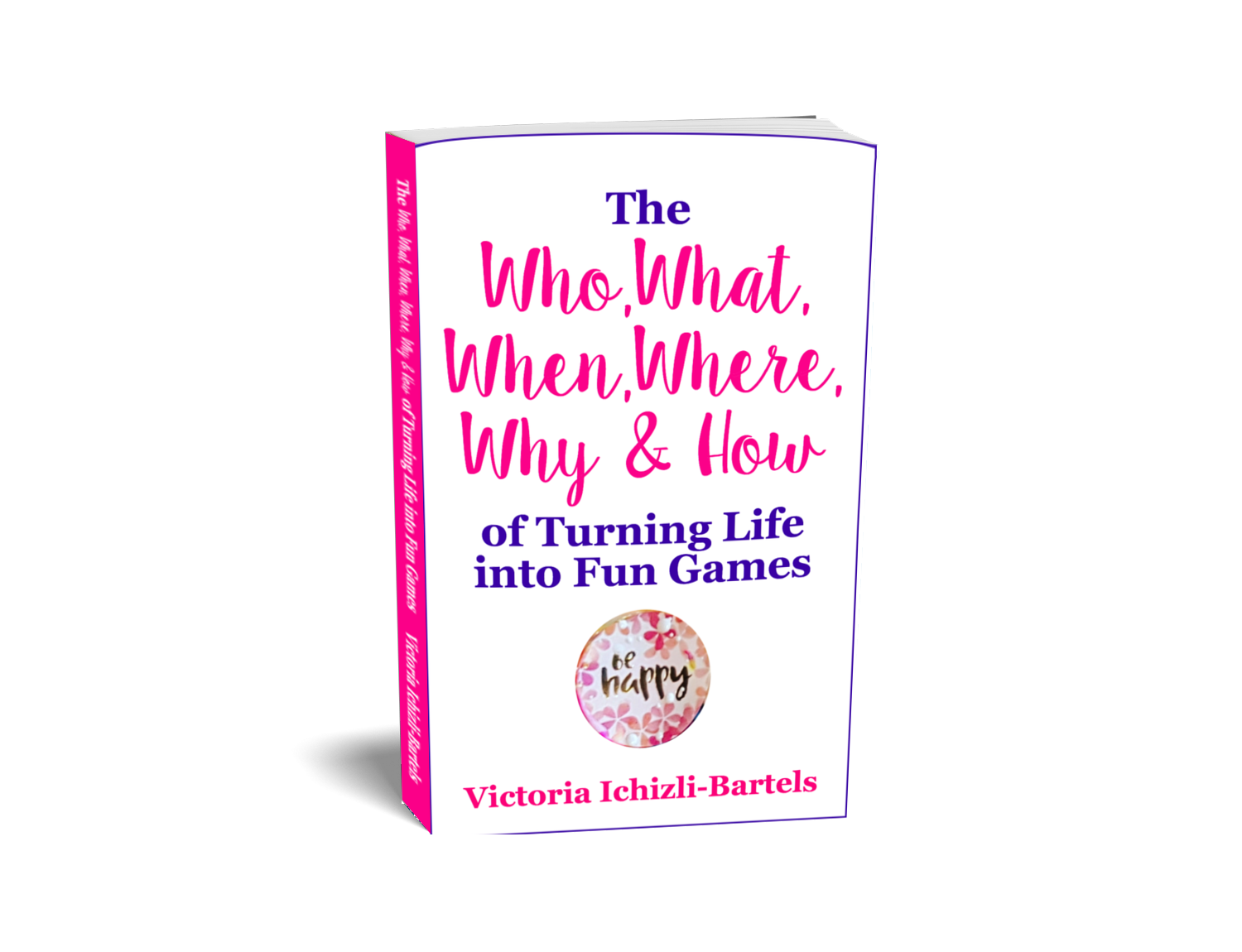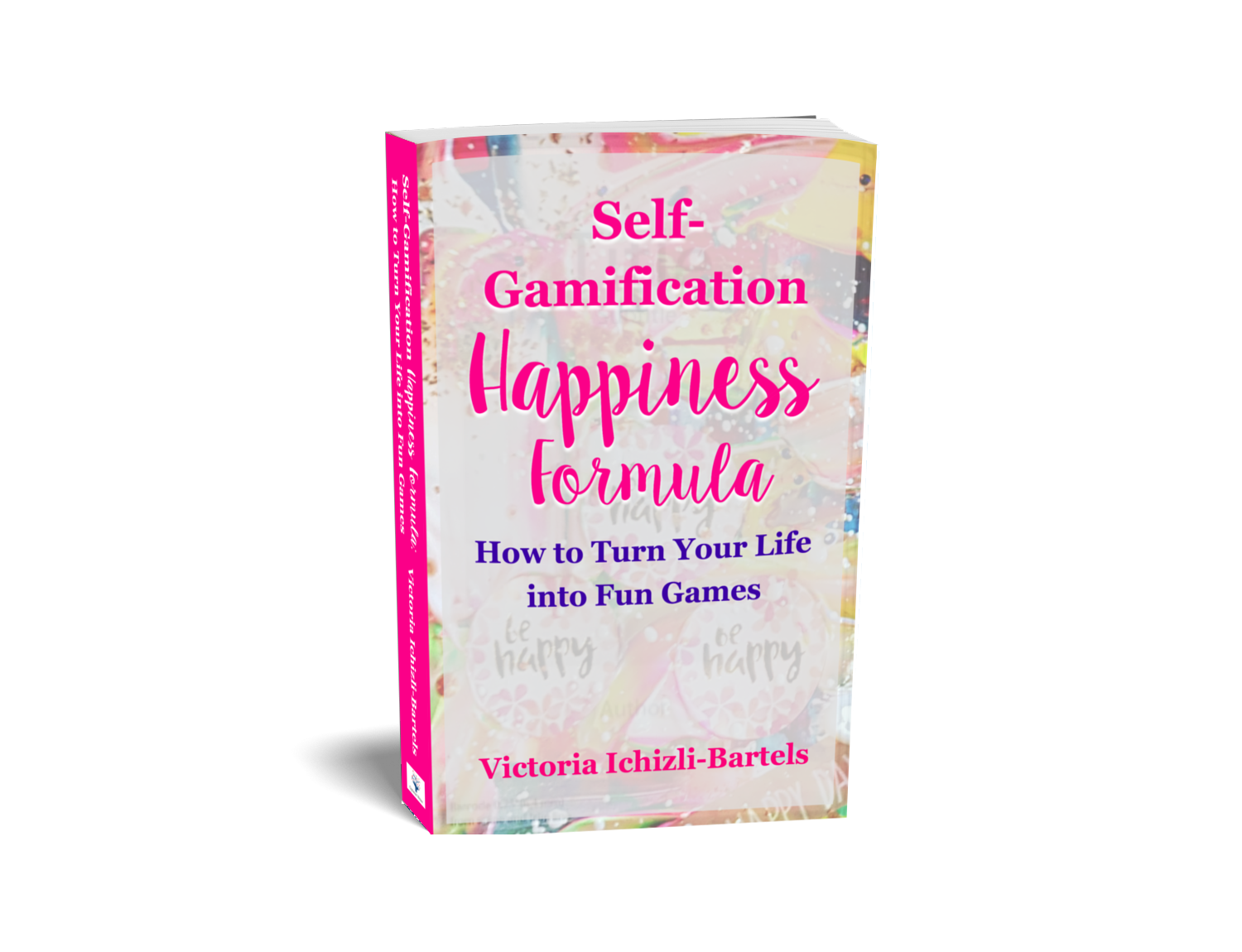***
Here is the sixth blog post in a series featuring videos on YouTube, where I read from one of my motivational books for one minute.
In this video, I read from Gameful Isolation: Making the Best of a Crisis, the Self-Gamification Way (Book 3 in the “Gameful Life” series).
I am reading the extract from chapter 6 “Resourcefulness.”
Here it is if you want to read along, prior, or afterward.
***
Excerpt from the Gameful Isolation
The third tool Self-Gamification offers in the form of a strong synergy is gamification. Or rather, anything gameful and playful.
When people ask me why turning various projects and activities into fun games makes sense, I often start with a version of the following. If we perceive what we are up to, or what life brings our way, as fun games, of which we are both the designers (or at the very least co-designers) and players, then the drama and seriousness fall away.
But what should we do, if the situation we are in — such as the COVID-19 pandemic right now — is so dramatic, that lifting any burden seems like a drop of water on a hot stone (in German “Tropfen auf dem heißen Stein”), in other words, of no help at all?
Experiencing lockdown and the changing rhythm of my day brought another reason to the foreground. I was reminded that through the continuous practice of Self-Gamification, resourcefulness unfolded easily for me and was a readily available tool.
***
The next step
If you want to find out how you can support yourself during these times of crisis with considerably less effort than you might expect, then I invite you to read Gameful Isolation. It can support you on your journey in these unsecured and unpredictable times. To look at the book and buy it on Amazon, click on its title above or this image below:
If you want to see where else you can buy it, then go to the book’s page on this website here.
Alternatively, you can subscribe to my page, Optimist Writer, on ko-fi for $5 a month, and besides supporting what I do, you will also get access to all my motivational books, which I share there once a month or each time a book is out. Right now, you can get access to four of my books there — one upon subscription or one-time support and three in the posts solely for subscribers. Gameful Isolation will appear later this year or sooner upon explicit request from the subscribers.
I wish you a beautiful, resourceful, and gameful day!






